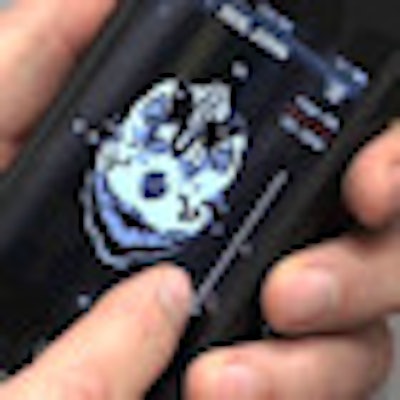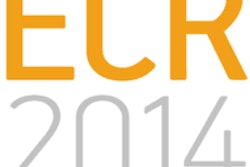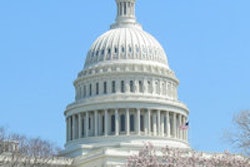
In the battle against time in the effective treatment of stroke patients, vascular neurologists can call on another weapon: the smartphone, researchers from the Mayo Clinic in Arizona have found.
In a study published online in Stroke, the Mayo research team found strong agreement between brain CT scan interpretations by vascular neurologists viewing images on a smartphone and those performed by radiologists using PACS workstations. The study opens up the possibility that therapy could be delivered more quickly by physicians who are able to diagnose stroke patients simply by whipping out their smartphones.
"Telemedicine now fits into our pocket and pocketbook," lead author Dr. Bart Demaerschalk told AuntMinnie.com. "When smartphone teleradiology assessments are coupled with real-time video-phone neurological examinations, the doctor has an inexpensive pocket-size tool sufficient to conduct a complete virtual stroke consultation in a remote or rural underserved community environment."
Faster acquisition
Advances in emergency management of stroke patients have made fast acquisition and interpretation of diagnostic brain imaging key factors for delivering favorable clinical outcomes, Demaerschalk said.
"This holds true within the context of a hub-and-spoke telestroke network as well as within stroke centers," the authors wrote.
Traditionally, stroke neurologists have viewed a brain CT study of a stroke patient in a telemedicine network using a laptop or desktop workstation, but researchers have been seeking methods to reduce evaluation and treatment times, Demaerschalk said.
As a result, the Mayo group sought to determine the level of agreement of brain CT interpretation in a telestroke network between vascular neurologists using client-server-based teleradiology software (ResolutionMD, Calgary Scientific) on an iPhone 4 and radiologists using a PACS workstation.
The study included 53 stroke patients at a spoke hospital, Yuma Regional Medical Center in Yuma, AZ; the patients had consented to receive a telemedicine consultation and participate in a registry. Brain CT studies for each patient were evaluated by one of five vascular neurologists on the iPhone, one of 10 radiologists on the PACS, and two blinded, independent telestroke adjudicators (Stroke, September 11, 2012).
The neurologists were based at the telestroke network hub at Mayo Clinic Hospital in Phoenix, while the radiologists were at Yuma Regional Medical Center. Agreement over clinically important radiological features was measured in kappa (κ) values, with 1.0 representing complete agreement between readers.
Agreement between vascular neurologists and radiologists
|
Similar results were found when agreement was compared between the vascular neurologists (VNs) and the independent adjudicators.
"The agreement between VNs using [ResolutionMD] and radiologists and independent telestroke adjudicators using standard PACS and desktop viewers over identification of the most critical radiological features on noncontrast CT brain scans such as intracranial hemorrhage, neoplasm, and any contraindications to thrombolysis was excellent," the authors wrote.
Agreement over the identification of more subtle radiological features such as early ischemic changes and hyperdense artery signs was only moderate and fair, however.
Clinical use
The system is now being used clinically. The Mayo Clinic Telestroke Network in Arizona is using the software in affiliated spoke hospitals for emergency stroke evaluations, Demaerschalk said.
In addition, the Mayo Clinic Hospital in Phoenix is conducting a pilot adoption of ResolutionMD Mobile on the iPad and iPhone among physicians and surgeons in the departments of radiology, neuroradiology, neurology, neurosurgery, orthopedics, and transplants, he said.
|
Study disclosures Technology and technical assistance was contributed by Calgary Scientific for the implementation of ResolutionMD, while the Arizona Department of Health Services provided a research grant for the Stroke Telemedicine for Arizona Rural Residents (STARR) registry. |


















